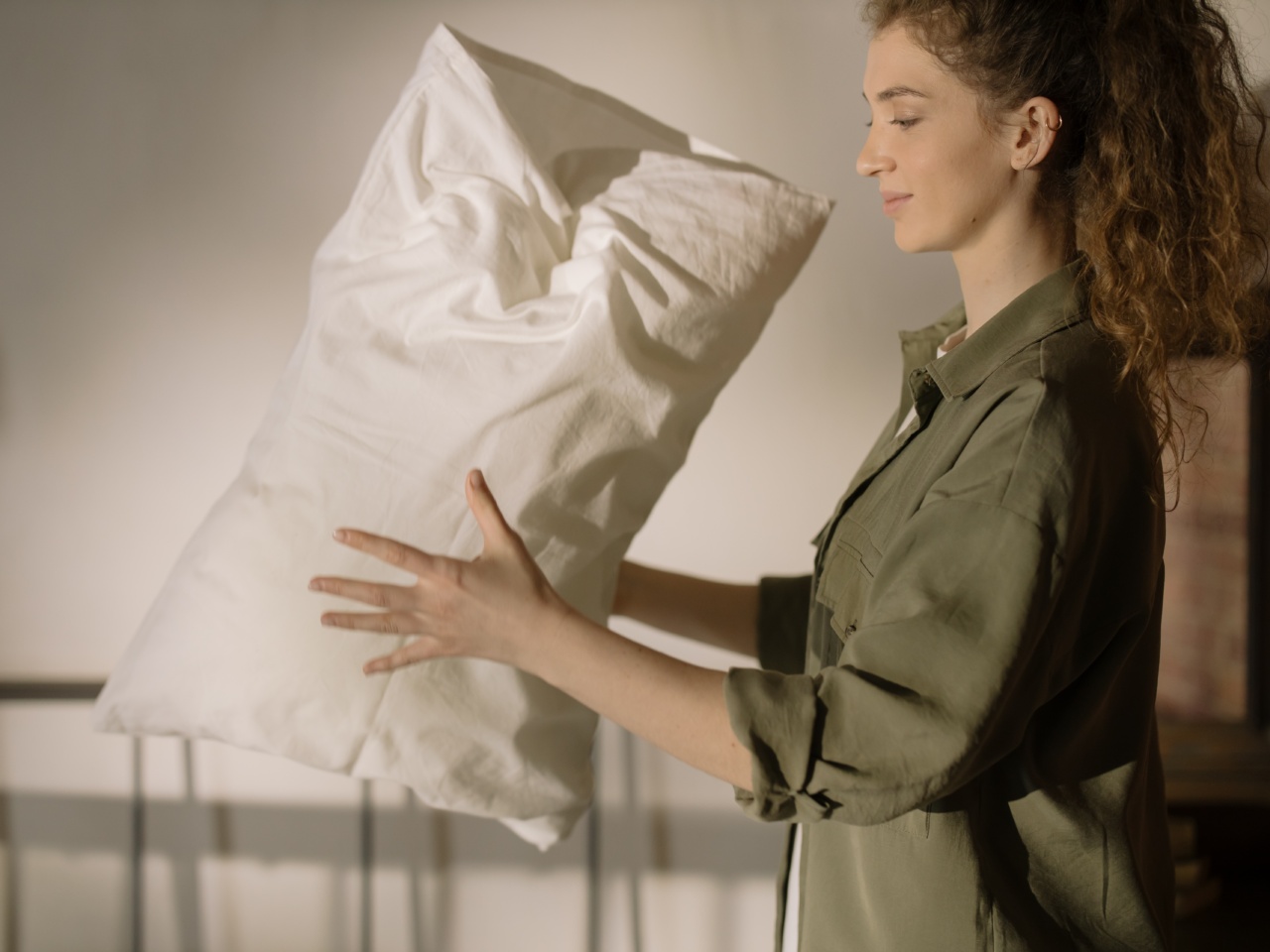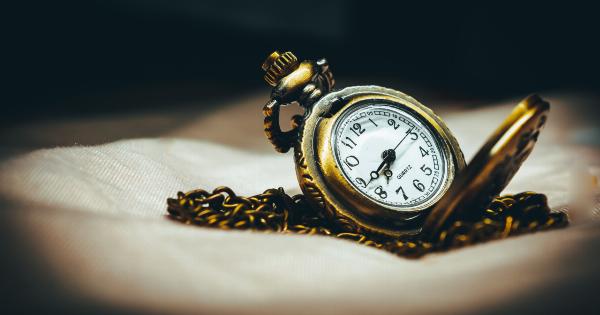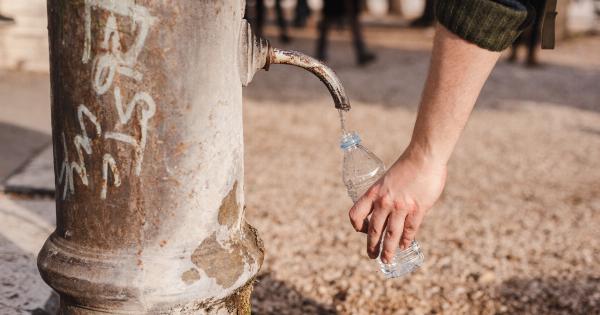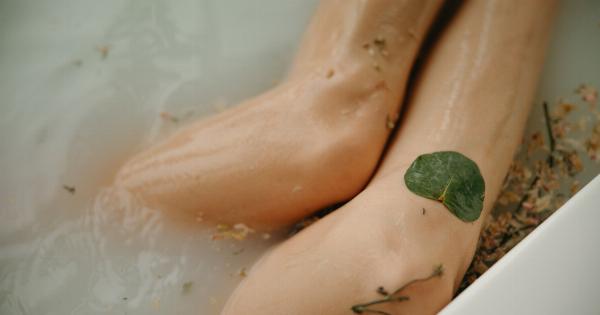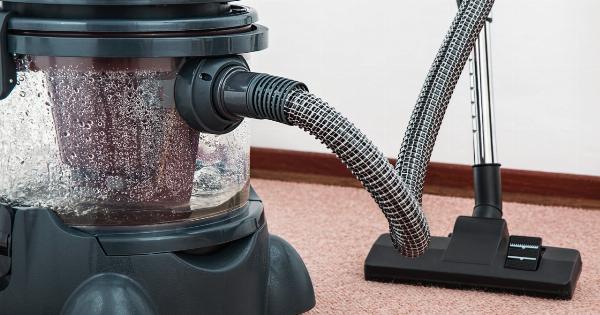Pillows are an essential part of our daily lives, providing comfort and support as we sleep. However, over time, pillows can accumulate dust mites, bacteria, and other allergens that can lead to allergies and respiratory issues.
Regularly washing your pillows is crucial to maintain a clean and healthy sleeping environment. In this article, we will discuss simple steps to washing your pillows effectively and eliminating mites.
Why Should You Wash Your Pillows?
Before we dive into the step-by-step process of washing pillows, let’s understand why it is important to do so:.
1. Dust Mite Elimination: Pillows, especially those made of down or feathers, provide an ideal environment for dust mites to thrive. These microscopic creatures multiply rapidly and can cause allergies, asthma, and other respiratory problems.
Washing your pillows regularly helps eliminate dust mites and their allergens.
2. Maintaining Hygiene: Though we often use pillowcases to protect our pillows, over time, they accumulate sweat, oils, saliva, and dead skin cells. Washing your pillows removes these bodily fluids and keeps them fresh and hygienic.
3. Prolonging Pillow Lifespan: Regular washing and maintenance can extend the lifespan of your pillows. By keeping them clean and free from stains or odors, you can ensure that they continue to provide optimal comfort and support for a longer duration.
Step-by-Step Guide to Washing Pillows
Now that we understand the importance of washing pillows, let’s explore the simple steps to effectively clean and eliminate mites:.
Step 1: Check the Label
Before washing your pillows, it is essential to read and follow the care instructions provided on the label. Different types of pillows may require specific handling and cleaning methods.
For example, memory foam pillows may require spot cleaning instead of being submerged in water. Always refer to the manufacturer’s instructions first.
Step 2: Remove the Pillowcase and Protector
The first step in washing pillows is to remove any pillowcases, covers, or protectors. These outer layers can usually be washed separately following their specific care instructions.
Step 3: Pre-Treat Stains
If your pillows have any visible stains, it is advisable to pre-treat them before washing. Gently rub a small amount of mild detergent or stain remover directly onto the affected area.
Allow it to sit for a few minutes to penetrate the stain and break it down.
Step 4: Select the Right Washing Method
Depending on the material and type of your pillows, different washing methods may be suitable:.
a. Machine Washing: Most synthetic, down alternative, and cotton pillows can be safely washed in a machine. Use a gentle cycle and mild detergent. It is recommended to wash two pillows at a time to balance the load.
b. Hand Washing: Delicate pillows, such as those made of down or memory foam, are best hand washed. Fill a basin or bathtub with lukewarm water and a small amount of gentle detergent. Submerge the pillow and gently knead it to loosen dirt and mites.
Step 5: Rinse Thoroughly
After the washing cycle or hand wash, ensure to rinse the pillows thoroughly to remove all traces of detergent. Residual detergent can cause skin irritation and stiffness in pillows once dry.
Step 6: Drying Your Pillows
Proper drying is essential to prevent mildew, mold, and unpleasant odors. Follow these steps:.
a. Machine Drying: For pillows that can be machine dried, use a low heat setting and add a few clean tennis balls or dryer balls. These help to fluff the pillows and prevent clumping.
b. Air Drying: Delicate pillows, such as those made of down or memory foam, should be air dried. Gently press out excess water and place them on a flat surface in a well-ventilated area. Rotate the pillows periodically for even drying.
Step 7: Fluffing and Shaping
Once your pillows are completely dry, give them a good fluff and gently shape them. This step ensures that they return to their original form and maintain optimal loft and support.
Step 8: Using Pillow Protectors
To prevent future accumulation of mites, dust, and other allergens, consider using pillow protectors. These specially designed covers act as an additional barrier between your pillow and pillowcase, keeping it cleaner for longer.
Step 9: Regular Pillows Maintenance
Regular maintenance can help keep your pillows clean and fresh. Here are some additional tips:.
a. Wash pillows every 3-6 months to prevent the buildup of allergens.
b. Use pillowcases and covers that are hypoallergenic and easy to clean.
c. Regularly fluff and reshape your pillows.
d. Air out your pillows in natural sunlight to help eliminate any lingering odors.
Step 10: Knowing When to Replace
Despite regular washing and maintenance, pillows have a lifespan. If you notice them losing shape, becoming excessively lumpy or flat, or if they are over two years old, it may be time to replace them.
Investing in new, quality pillows is vital for a comfortable and healthy sleep experience.
Conclusion
Washing pillows regularly is an essential part of maintaining a clean sleeping environment and eliminating mites. By following these simple steps, you can ensure that your pillows stay fresh, hygienic, and free from allergens.
Remember to check the care labels, pre-treat stains, select the right washing method, rinse thoroughly, and ensure proper drying and fluffing. With regular maintenance and timely replacements, you can enjoy a restful and comfortable sleep every night.
